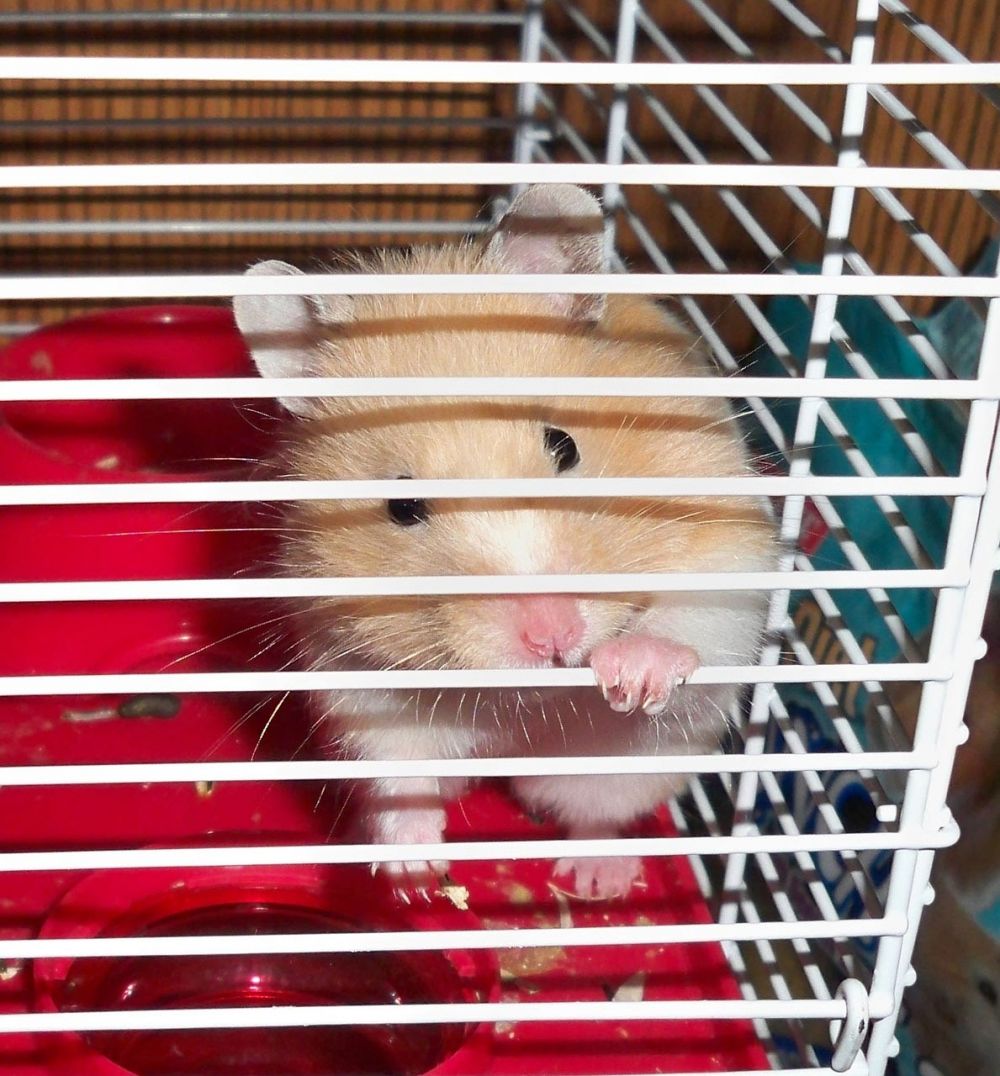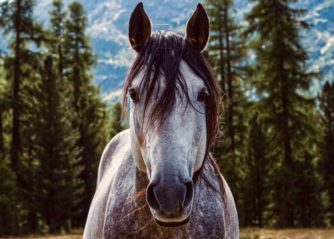Sand Hamsters: A Comprehensive Guide

Introduction
Sand hamsters are small rodents that are native to arid regions, such as deserts and sandy plains. In this article, we will provide an in-depth overview of sand hamsters, including their characteristics, types, popularity, and quantitative measurements. Additionally, we will discuss how different sand hamster species differ from one another and explore the historical pros and cons associated with owning these fascinating creatures.
I. Overview of Sand Hamsters

Sand hamsters, also known as desert hamsters, are small mammals belonging to the rodent family. They have adapted to survive in arid environments, with their unique physiological and behavioral characteristics. These adorable creatures are well-known for their sandy fur, which helps them camouflage and protects them from extreme temperatures.
II. Presentation of Sand Hamsters: Types and Popularity
There are several types of sand hamsters, each with its own unique traits and popularity among pet owners. The most common types include the Syrian hamster, Roborovski hamster, and Djungarian hamster.
1. Syrian Hamster
Syrian hamsters, also called golden hamsters, are the most popular pet hamsters due to their friendly nature and larger size compared to other hamster species. They come in various colors, such as golden, white, and gray, and have a lifespan of around two to three years. Syrian hamsters enjoy interacting with their owners and are relatively easy to handle.
2. Roborovski Hamster
Roborovski hamsters, often referred to as Robos, are the smallest of all hamster species. They are known for their high energy levels and lightning-fast speed, making them a joy to observe. Roborovski hamsters have a sandy coat and are typically social with their own kind. Their lifespan ranges from three to four years.
3. Djungarian Hamster
Djungarian hamsters, sometimes known as winter white hamsters, have a unique color-changing characteristic. During the winter season, their typically gray fur turns white to blend in with the snowy environment. Djungarian hamsters are social animals and enjoy the company of their fellow hamsters. Their lifespan is similar to Syrian hamsters, around two to three years.
III. Quantitative Measurements of Sand Hamsters
When considering sand hamsters as pets, it is essential to understand their specific needs and requirements. Here are some quantitative measurements to consider:
1. Cage Size: Sand hamsters require spacious cages to explore, exercise, and accommodate their natural behaviors. Experts recommend a minimum cage size of 24 x 12 inches for a Syrian hamster and 18 x 10 inches for smaller species.
2. Wheel Size: Providing an appropriate-sized wheel is crucial for a sand hamster’s physical well-being. For Syrian hamsters, a wheel with a diameter of at least 8 inches is recommended, while smaller species can use wheels with a diameter of 6 inches.
3. Lifespan Comparison: Sand hamsters have varying lifespans. Syrian hamsters typically live for two to three years, Djungarian hamsters have a similar lifespan, and Roborovski hamsters can live up to four years.
IV. Discussion on Differences Among Sand Hamsters
Although all sand hamsters share comparable desert adaptations, there are still significant differences in their characteristics and behavior. Understanding these variations will help potential owners choose the right sand hamster for them.
1. Size: Syrian hamsters are the largest sand hamster species, followed by Djungarian hamsters, while Roborovski hamsters are the smallest.
2. Temperament: Syrian hamsters tend to be more docile and comfortable with handling, making them excellent pets for children and first-time hamster owners. Djungarian hamsters and Roborovski hamsters are more active and often better suited for observation rather than interaction.
3. Sociability: Syrian and Djungarian hamsters are social animals, but they may become aggressive if housed together. On the other hand, Roborovski hamsters are highly social and can live happily in same-sex pairs or groups.
V. Historical Overview of Pros and Cons of Sand Hamsters
Throughout history, sand hamsters have been both cherished pets and research subjects. Here, we examine the historical advantages and disadvantages associated with keeping sand hamsters as pets.
1. Advantages:
– Low Maintenance: Sand hamsters are relatively low-maintenance pets, requiring less attention and care compared to larger animals.
– Compact Size: Their small size makes them ideal for individuals with limited living space.
– Educational Opportunities: Sand hamsters offer a unique opportunity for children to learn about responsibility and animal behavior.
2. Disadvantages:
– Short Lifespan: Sand hamsters have relatively short lifespans compared to other pets, which may lead to feelings of loss and sadness.
– Nocturnal Behavior: Sand hamsters are primarily nocturnal, meaning they are more active during the night and may disturb light sleepers.
– Odor: As with any pet, sand hamsters produce waste and have a distinct natural odor that may require regular cleaning.
Conclusion
Sand hamsters are captivating creatures that have adapted to survive in arid environments. With their sandy fur, unique characteristics, and varying types, they make popular and intriguing pets. However, potential owners should consider the quantitative measurements, differences among species, and historical advantages and disadvantages associated with sand hamsters before bringing one into their lives. By understanding their needs and behavior, sand hamster enthusiasts can provide the best care and companionship for these fascinating rodents.
















































